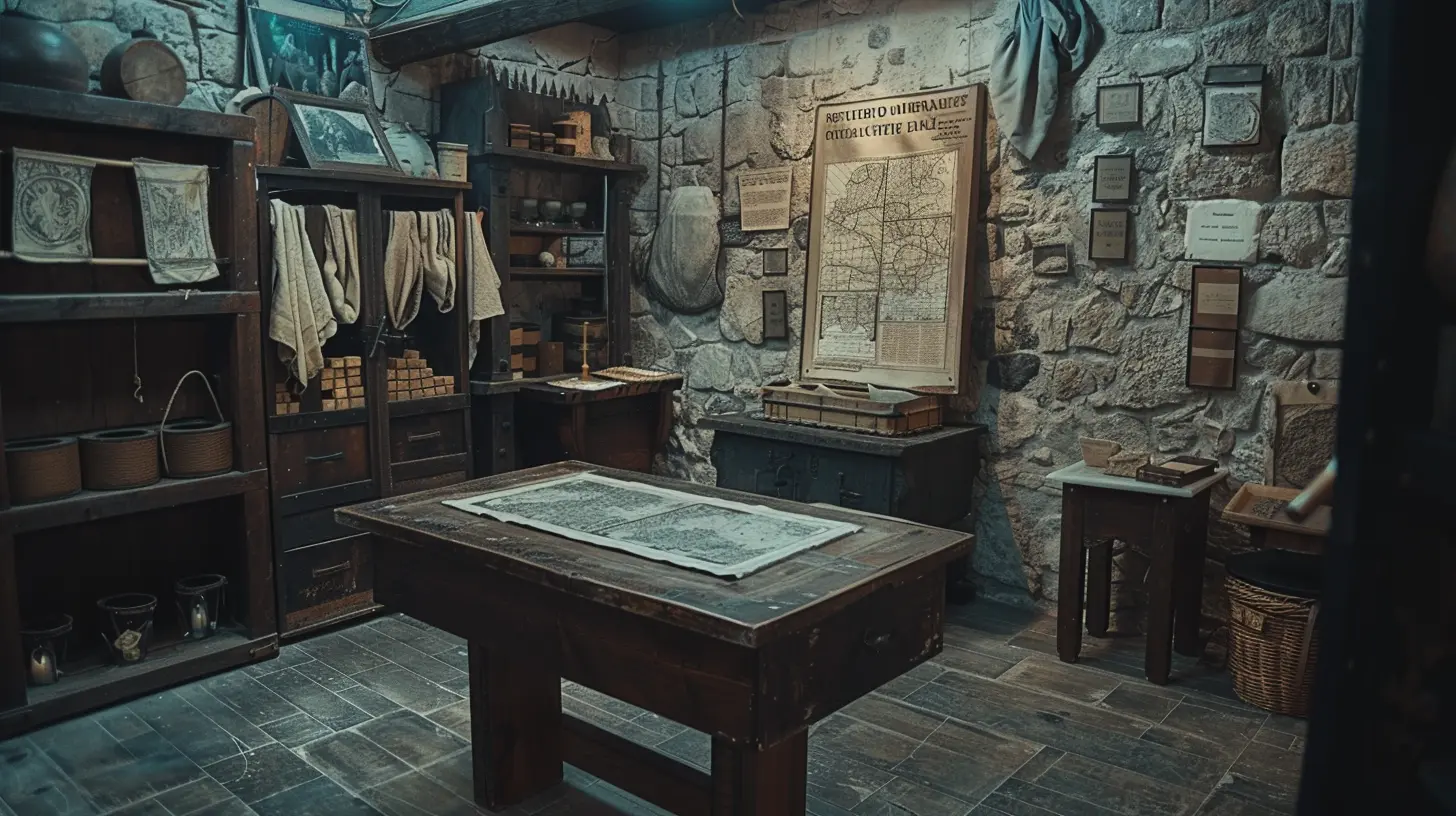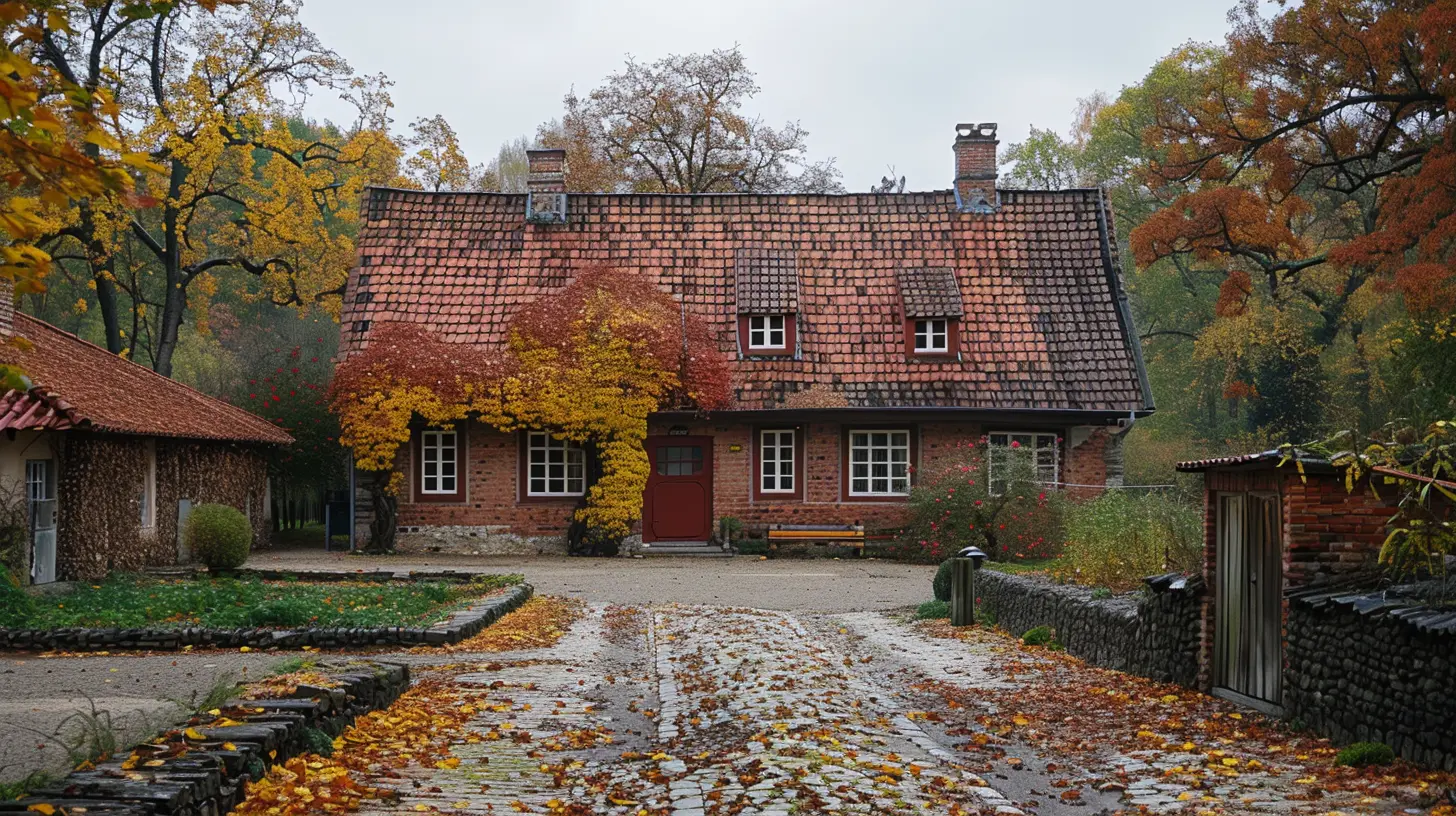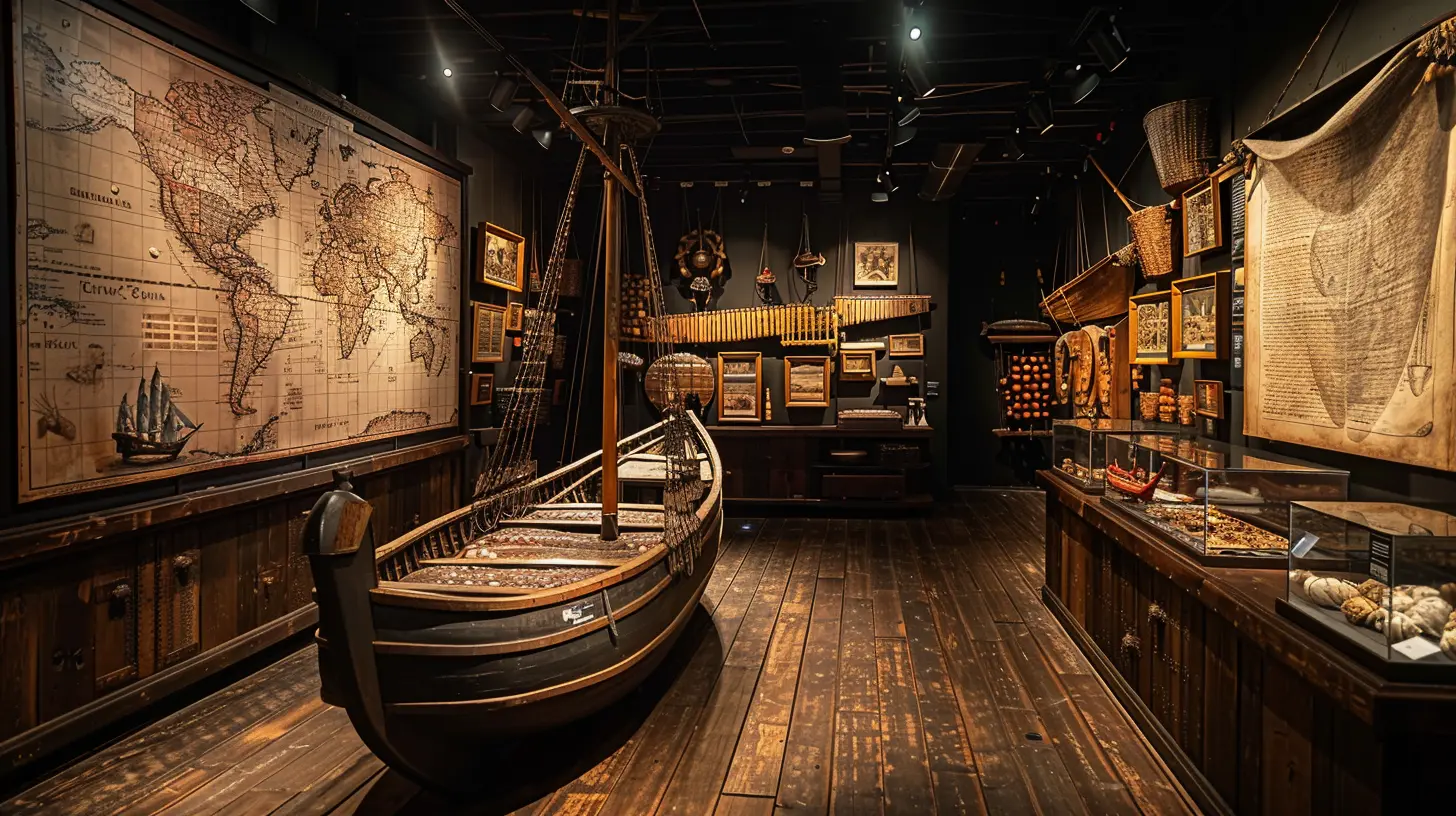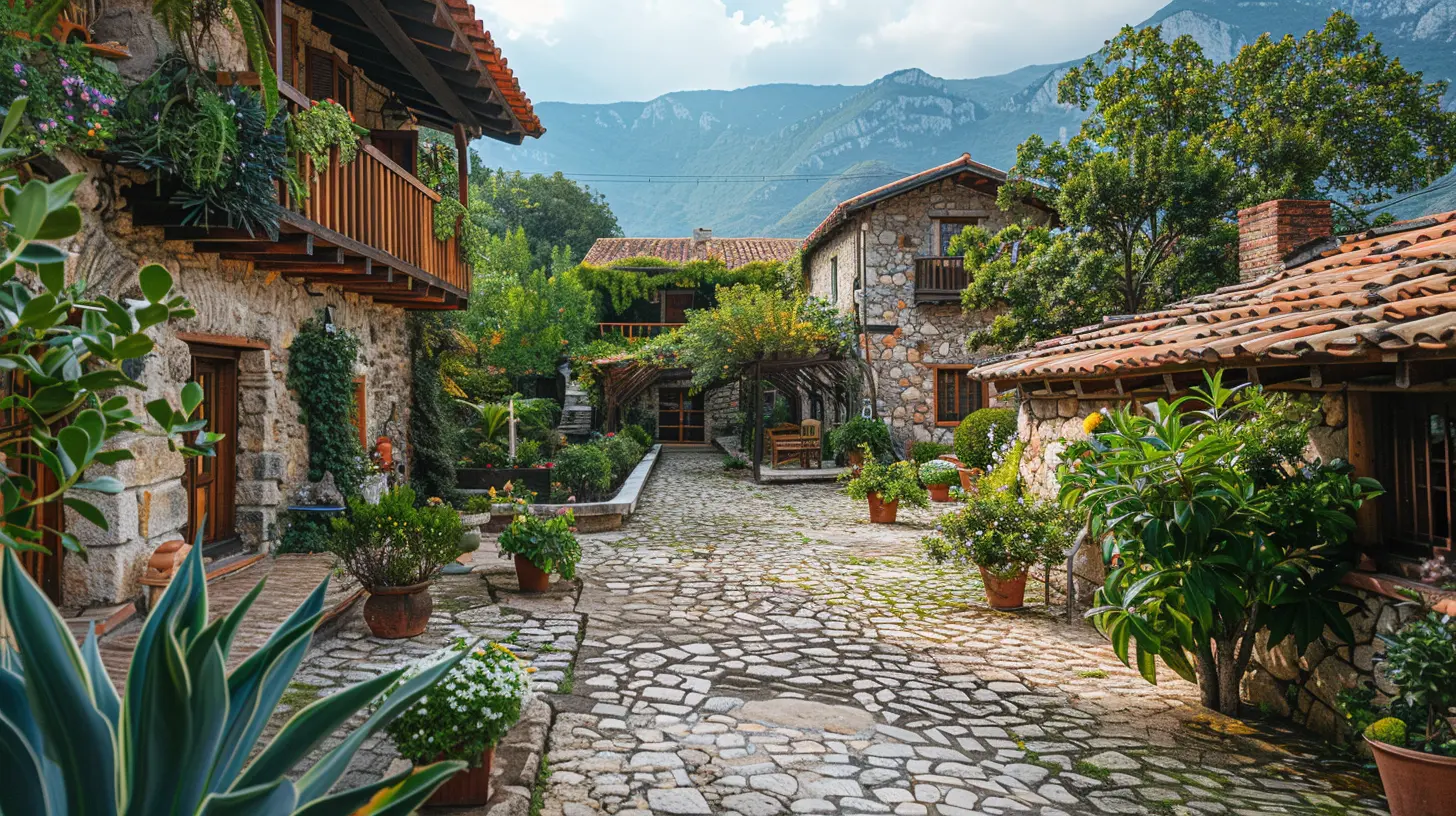Preserving the Past: Museums and Outdoor Historical Exhibitions
14 November 2025
History is like a time machine—one that doesn't require fancy gadgets or science fiction. Instead, it’s brought to life through museums and outdoor historical exhibitions. These places are treasure troves of knowledge, allowing us to walk through the echoes of time and witness the past in a way that books simply can't match.
From grand museums housing ancient relics to open-air exhibits where history is quite literally under the sky, each site tells a story worth preserving. But why is this so important? And how do these places keep history alive for future generations? Let’s dive into the fascinating world of historical preservation and its massive impact on our understanding of the past.

Why Preserving History Matters
Imagine a world where history simply vanished. No pyramids, no battlefields, no artifacts—just a blank slate. Pretty unsettling, right? Preserving history isn't just about keeping old things around for the sake of nostalgia; it's about protecting our cultural identity, learning from past mistakes, and understanding how societies evolved.Every artifact, painting, or document has a story. Museums and historical exhibitions act as vaults of these stories, ensuring they aren’t forgotten. More importantly, they provide a tangible connection between the past and present, making history feel real rather than just words on a page.

The Role of Museums in Preservation
Museums are like guardians of time. They collect, restore, and display artifacts that offer insights into different eras. Whether it's a piece of ancient pottery or an astronaut’s space suit, every exhibit tells a piece of our collective history.Types of Museums & Their Significance
Not all museums serve the same purpose. Some are dedicated to art, some to science, and others to specific historical periods. Each one plays a unique role in preserving the past.- History Museums: These are the go-to places for anyone interested in ancient civilizations, wars, revolutions, and cultural shifts. They house artifacts, documents, and personal items from historical figures.
- Art Museums: More than just pretty paintings, art museums reflect the emotions, struggles, and triumphs of different societies. Every brushstroke tells a story of its time.
- Science & Technology Museums: Showcasing inventions, discoveries, and advancements, these museums highlight our technological journey from the past to the present.
- Living Museums: These are interactive museums where actors recreate historical events or ways of life. Think of them as history brought to life—where you can see blacksmiths at work or soldiers reenacting famous battles.
Museums don’t just collect artifacts; they carefully restore them to keep them intact for future generations. Without this effort, many historical items would crumble with time, erasing crucial pieces of history.

Outdoor Historical Exhibitions: Where History Meets Nature
While museums keep history indoors, outdoor exhibitions let you step into the past quite literally. Think of battlefields, historic villages, ancient ruins, or monuments standing tall under the open sky. Unlike traditional museums, these places allow you to experience history in its true setting.Famous Outdoor Historical Exhibitions
- Pompeii, Italy: A city frozen in time by a volcanic eruption in 79 AD, walking through Pompeii feels like stepping into a Roman street thousands of years ago.- Colonial Williamsburg, USA: This living history museum recreates life in the 18th century with costumed actors, original buildings, and historical reenactments.
- Stonehenge, England: A prehistoric mystery, Stonehenge stands as a silent witness to ancient rituals and engineering marvels.
- The Great Wall of China: A breathtaking outdoor exhibition of military history, stretching over 13,000 miles.
Why Outdoor Exhibitions Matter
There’s something magical about standing in the exact location where history unfolded. Outdoor exhibitions connect visitors with the past in a way that indoor displays sometimes can't. They allow you to walk the same paths as ancient warriors, touch the stones once handled by medieval builders, or sit where kings and peasants once gathered.These sites also serve as reminders of historical events—both good and bad. Preserving them ensures we don’t forget the lessons of the past, whether it’s the horrors of war or the ingenuity of early civilizations.

Challenges in Preserving Historical Sites and Artifacts
While museums and outdoor exhibitions work hard to keep history alive, they face some tough challenges.Environmental Damage
Artifacts and historical structures aren't immune to time. Weather, pollution, and climate change can take a toll on ancient buildings and delicate materials, causing them to deteriorate faster than expected.Funding Issues
Maintaining a museum or preserving an outdoor site isn’t cheap. It requires ongoing funding for restoration, conservation, and upkeep. Unfortunately, not every historical site gets the financial support it needs.Tourism Impact
While tourism helps fund preservation efforts, too many visitors can cause damage. Walking on ancient ruins, touching fragile artifacts, or even taking flash photography can speed up deterioration.Natural Disasters
Floods, earthquakes, and hurricanes can destroy centuries of history in a matter of minutes. Restoration efforts after such disasters are expensive and time-consuming.The Role of Technology in Preserving History
Thankfully, technology is stepping in to help safeguard history. Museums and heritage sites are using modern tools to preserve and digitize artifacts, ensuring they remain accessible even if the originals degrade.Digital Archives
Many museums are creating online databases where high-resolution images of artifacts can be viewed worldwide. This ensures that even if an object is lost or damaged, its digital version preserves its details.3D Scanning & Printing
Imagine being able to recreate a destroyed ancient sculpture with near-perfect accuracy! 3D scanning and printing allow historians to replicate damaged or missing pieces of history with incredible precision.Virtual Reality & Augmented Reality
Can't travel to the Pyramids of Egypt? No problem! Virtual Reality (VR) and Augmented Reality (AR) allow people to explore historical sites from the comfort of their homes, making history more accessible than ever.
How You Can Support Historical Preservation
Preserving history isn’t just the job of museums and archaeologists—it’s something we can all contribute to. Want to help keep the past alive? Here are some simple ways:- Visit Museums & Historical Sites: Your admission fee helps fund conservation efforts.
- Donate to Preservation Organizations: Many organizations work tirelessly to protect important historical sites. Even small contributions make a difference.
- Respect Historical Locations: Follow the rules when visiting sites—don’t touch artifacts, climb on ruins, or take restricted souvenirs.
- Educate Others: Share what you learn with friends and family. Keeping history relevant ensures its survival.
Final Thoughts
Museums and outdoor historical exhibitions are more than just places filled with old stuff—they’re time capsules, carefully preserving the past for future generations. Every artifact, every ruin, and every monument tells a story of human triumphs, mistakes, and evolution.By protecting and appreciating these historical treasures, we ensure that the lessons and legacies of the past remain alive. After all, history isn't just about looking back—it's about understanding where we came from so we can shape a better future.
all images in this post were generated using AI tools
Category:
Historical SitesAuthor:

Kelly Hall

